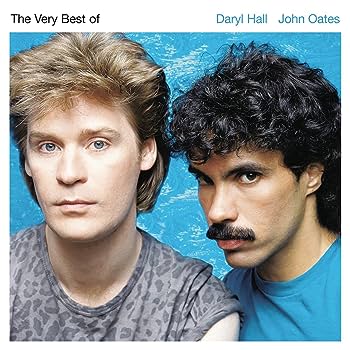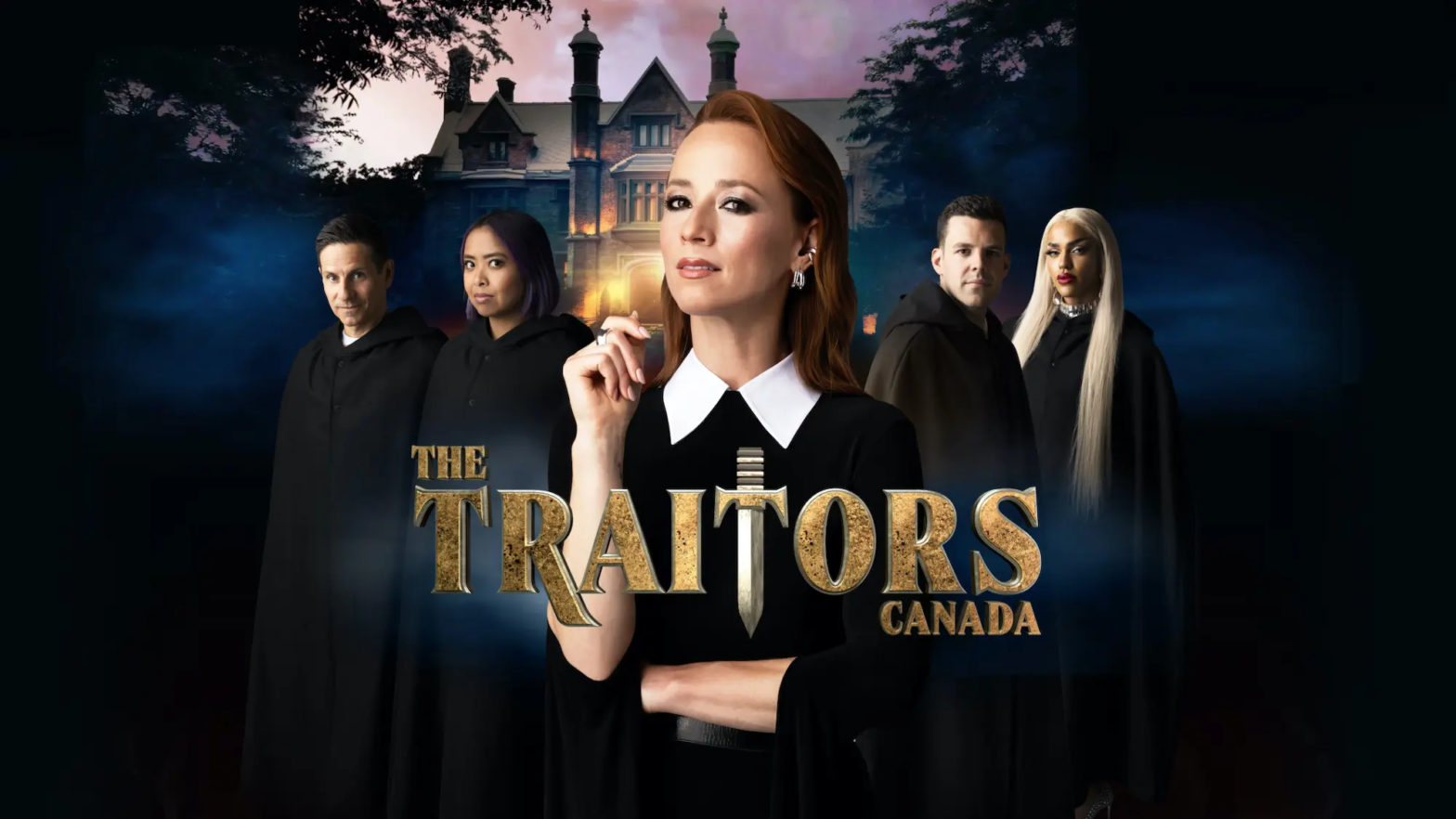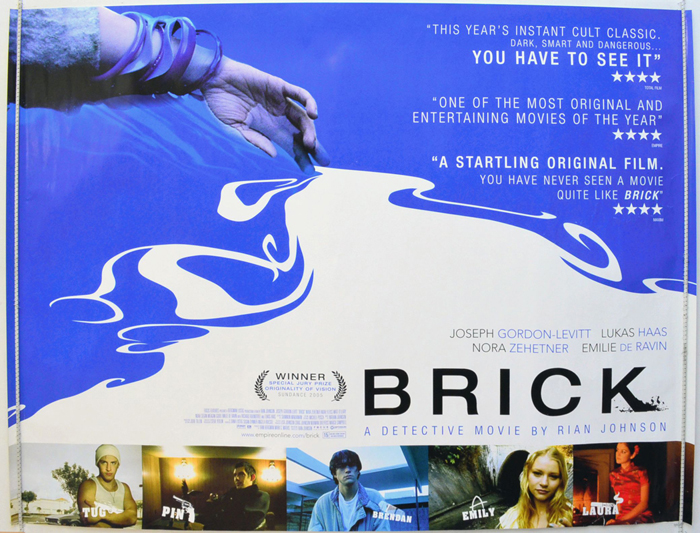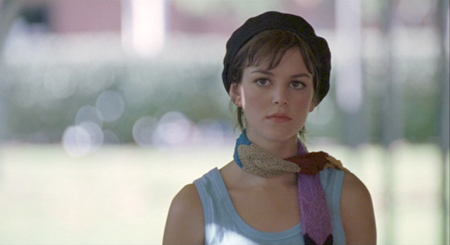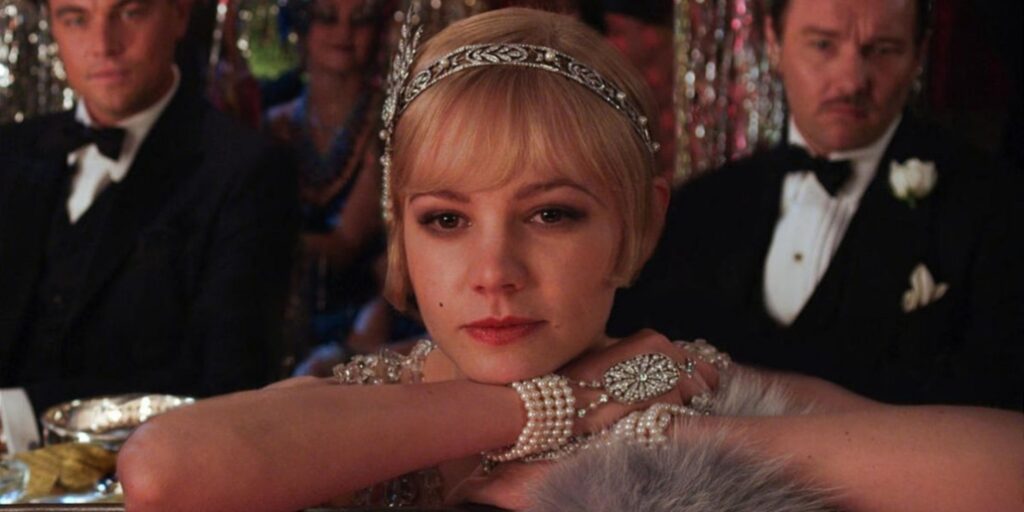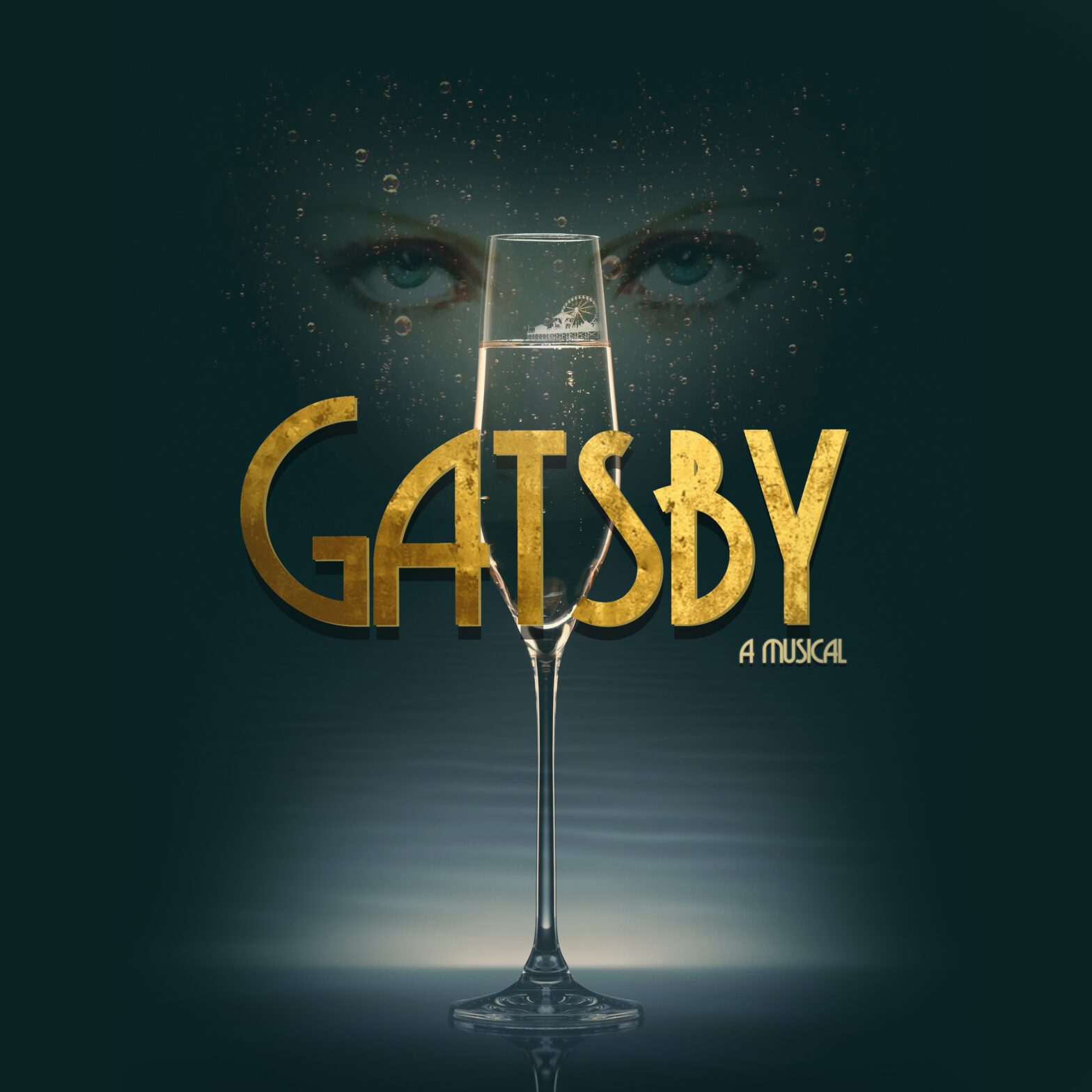Agacinski, Daniel. “West and the City.” South Atlantic Review, vol. 76, no. 2, 2011, pp. 19–28. JSTOR, http://www.jstor.org/stable/43050920. Accessed 9 Nov. 2023.
[ARTICLE] Daniel Agacinski’s article deals with comparing the film genres of Westerns and Gangsters, while managing to align both simultaneously and paradoxically. He defines the films’ elements of power as derived from “the way they have to expose the relation of man to space,” in which he then argues that Westerns are characterized by transformation of space, whereas Gangsters are characterized by fate of space. He renders the proper assignation of film genre as an ambiguous theoretical issue, to which is emphasized by his assertion that “some actors have succeeded in the mean streets as well as on the Frontier.” To this degree, he claims that “although [Westerns and Gangsters] present many diametrically opposed elements…we should take into account their common and almost simultaneous genesis.” Agacinski’s article supports my claim that Leonardo DiCaprio’s role of Fee “The Kid” Herod aligns with the trajectory of the development of the gangster, especially as he claims that these genres are only different by their finer parts. While The Quick and the Dead (1995) aligns with Westerns as a whole, Fee “The Kid” Herod aligns with the tragic ideals of the gangster, hence his fate in the film. Fee attempts to exemplify the transformation of space but falls prey to the gangster’s ideal of fate of space, which allows his character to loosely and broadly be included in the archetypical gangster realm. This, alongside the fact that Fee is portrayed by DiCaprio (well known for portraying distinct gangsters), accentuates the ambiguity of genre, thus allowing this loose interpretation of Fee as a gangster.
Asbury, Herbert. “The Passing of the Gangster.” The American Mercury, March 1925, pp. 358-367. The UNZ Review, 2005.
[ARTICLE] In his article, “The Passing of the Gangster,” Herbert Asbury argues that the archetypical gangster of his time has been eradicated. Specifically, the gangster archetype he discusses involves one highly involved in crime, thus attributing the gangster’s timely downfall to “an awakening public conscience” of gangster criminality which was coincided by an uprise in police force and detective vigilance. Asbury describes gangsters predating his article in 1925, thereby directly referencing what can be considered some of the first American gangsters. These gangsters made their involvements in crime and violence heavily known, especially as media during the time portrayed them as possessing “an evilly glinting eye,” with “a plaid cap drawn down over beating brows and a swagger that in itself is enough to inform the world that here is a man bent on devilment.” Asbury claims the most dangerous gangster to be a modernizing “dandy,” but also references their prototype as “a cake-eater and a sheik,” with their fastidious cling to attempting to camouflage into the public making them all the more noticeable by police. Asbury’s article aligns with my argument of pinpointing change in the developmental success of the gangster, especially as he references these brazen displays of intent occurring during the same timeframe in which DiCaprio stars in Martin Scorsese’s Gangs of New York (set in 1863). His claims insinuate that during the uprise of gangsters, a core problem inhibiting their successes resided within the fact that they would act boldly without any federal repercussions as federal institutions had not yet been optimized to apprehend such boldness. Additionally, I can use this article to delineate the refinement of the gangster’s timely adherence to manipulating a fabricated divided identity, in which these gangsters developed as an evolutionary adaptation to combatting their increase of federal apprehensions.
Brauer, Stephen. “Jay Gatsby and the Prohibition Gangster as Businessman.” The F. Scott Fitzgerald Review, vol. 2, 2003, pp. 51–71. JSTOR, http://www.jstor.org/stable/41583051. Accessed 14 Dec. 2023.
[ARTICLE] Stephen Brauer’s article “Jay Gatsby and the Prohibition Gangster as Businessman” draws an asserted parallel between business and crime, specifically with reference to The Great Gatsby. This article will allow myself to define Jordan Belfort of The Wolf of Wall Street under the archetype of the gangster, as this character is evident of multiple of the facets that link businessmen and their criminality to that of the gangster.
Gangs of New York. Dir. Martin Scorsese. Perf. Leonardo DiCaprio and Daniel Day-Lewis. Miramax, 2002. Film.
[FILM] Martin Scorsese’s Gangs of New York (2002) allows myself to set a basis of DiCaprio’s cinematic gangster in the historical setting of 1860s New York. I can use this film to define early gang life, and in coalition with Asbury’s work, define Amsterdam Vallon loosely under the terms of the gangster despite him being a gang-affiliate rather than a gangster.
Langford, Barry. “The Gangster Film: Genre and Society.” Film Genre: Hollywood and Beyond, Edinburgh University Press, 2005, pp. 132–54. JSTOR, http://www.jstor.org/stable/10.3366/j.ctvxcrbd3.10. Accessed 14 Dec. 2023.
[BOOK CHAPTER] Barry Langford’s “The Gangster Film: Genre and Society” discusses how the gangster archetype evolved in film. I can use this source as an index to certain facets of the archetype and where they were placed (and are still evident), especially with regards to the satirical aspect of The Wolf of Wall Street (2013), and prevalence of organized crime emerging in the gangster genre post-Gangs of New York (2002).
Ruth, David. “Dressed to Kill: Consumption, Style, and the Gangster.” Inventing the Public Enemy: The Gangster in American Culture, 1918-1934. Chicago: University of Chicago Press, 1996.
[ARTICLE] David Ruth details how the 1920’s-1930’s gangster was enveloped in consumption and style to assist their criminal deception against the public. Ruth accredits this behavior to the adaptation to “revolutionary innovations in production, management, and distribution that swept across the American economy,” as the new invented gangster’s appearance would fallaciously illustrate “the possibilities for fulfillment and display offered by the new consumer society.” In Ruth’s eyes, these gangsters would be well dressed, publicly identifying with their financial prosperity, “laughable pretenders to respectability,” and demonstrative of artificially alluring personality. Ruth’s article supports my claim that the archetypical gangster grew to a more modernized role as per the technological revolution that occurred from the late 19th century into the early 20th century. As previously, the gangster could more broadly be defined solely by criminality, this era brought more definitive qualitative descriptions as the gangster adapted to a newly consumeristic society. These changes are reflected in the settings of timely gangster films, especially that of The Great Gatsby (set in 1922) in comparison to The Gangs of New York (set in 1863), as the comparable traits of Jay Gatsby match those described by Ruth, yet distinctly vary from those exhibited by Amsterdam Vallon.
The Great Gatsby. Dir. Baz Luhrmann. Perf. Leonardo DiCaprio, Carey Mulligan, and Joel Edgerton. Warner Bros, 2013. Film.
[FILM] DiCaprio’s portrayal of Jay Gatsby in Baz Luhrmann’s The Great Gatsby (2013) exemplifies the qualities of a post-technological revolution Wall Street gangster. Gatsby is depicted as bearing over-the-top fashion, a ready smile, and an alluring voice with respect to his disposition. Following, while finding himself at the eye of the public interest, he blends in with the crowds at his parties as he invites a large variety of other big names to occupy the public eye for him at these highly coveted parties he hosts. He gained his money through illicit bootlegging and manipulating the bond business with his partner, Meyer Wolfsheim. He masks his intentions with his money up until he rekindles his romance with Daisy Buchanan, in which their affair prompts her husband Tom to ultimately expose Gatsby for who he really is (a gangster). His criminality is hidden from the public initially, especially as he is shown to have an in with the police department though having relations with the commissioner. However, at the film’s conclusion, Gatsby is exposed to the public in the newspapers, and ultimately suffers the tragic fate of a gangster through his exposition, regardless of what was fact or fiction. I can use this film for my argument as this film exemplifies the new invented gangster of the 1920s, and I can compare this film to DiCaprio’s gangster films set in other timeframes to delineate when/how/why the qualities of the gangster developed to become what they presented as within this specific film. I can also use this film, in comparison with others, to decide what facets of the gangster have remained universal across time.
The Wolf of Wall Street. Dir. Martin Scorsese. Perf. Leonardo DiCaprio, Matthew McConaughey, and Kyle Chandler. Paramount Pictures, 2013. Film.
[FILM] Martin Scorsese’s The Wolf of Wall Street (2013) features DiCaprio’s portrayal of Jordan Belfort, representing the gangster archetype that evolved to prevalence during the 1980s. The usage of the term “fugazi” alongside the entire scene of Belfort’s confrontational exposition to the FBI officer will be key in establishing the archetype’s transformation to the point it climaxes to in the 1980s, which is the latest gangster film in DiCaprio’s filmography.
Warshow, Robert. “The Gangster as Tragic Hero.” n.d. Web. 1 October 2013. http://www.multiminds.org/masters2006/Gangster.pdf.
[ARTICLE] Robert Warshow details how the filmic gangster’s experience is traditionally always regarded as tragic as per the conflict of the individual’s subjective pursuit of success. Before delving into what could have strictly been relating the gangster to city limits, Warshow denies genre rigidity by asserting that “individual examples of the type [are] interchangeable.” This assertion further enables the analysis of a gangster as an analysis of an individual and their characteristics rather than an overarching thematic genre, which assists the validity of my argument of the gangster’s evolution. Following, Warshow defines the gangster’s archetypical characteristics as “[fate] being determined by a fixed and supra-political [noncontroversial] moral order or fate,” the result of “mass culture,” driven by a pursuit of subjective success, “steady upward progress followed by a very precipitate fall,” an individual who is in danger when alone, and doomed to fate as per the accentuation of the gangster’s individuality over mass culture. In short, the higher the gangster climbs in their pursuit, the farther they will subsequently fall, making tragedy inevitable. By defining the gangster under a broader umbrella of terms, Warshow makes it possible for any character to be defined as a filmic gangster as long as they relate to the linear relentless pursuit of what they deem to be their “success” coalesced by their unavoidable downfall as per the continual accentuation of their individuality. With these descriptions, I can use Warshow’s article to further identify DiCaprio’s characters as gangsters, and further denote their varying individual tactics and goals possibly even as timely references to the spaces in which they occupy. Regardless, with Warshow’s terms, I have a basis of what the filmic gangster stereotypically embodies, and I can use this basis to compare with DiCaprio’s works in which he embodies these stereotypes.
Works Consulted
Justice, Benjamin. “Historical Fiction to Historical Fact: The Gangs of New York and the Whitewashing of History.” Social Education, National Council for the Social Studies, 2003, pp. 213-216.
[ARTICLE] Benjamin Justice’s article “Historical Fiction to Historical Fact: The Gangs of New York and the Whitewashing of History” asserts that Martin Scorsese’s The Gangs of New York (2002) is generally regarded as exceptionally historical accurate with the exception of the lack of racial undertones that were prevalent during the era. To start, Justice validates the setting of the film as being “before the advent of professional police forces, social services, and housing codes” which correlates with changes that were made during the technological (second industrial) revolution. This delineation of setting allows for more explanation as to how and why the gangsters of this era were able to act and live in “chaotic, desperate, and sometimes violent” circumstances (213). He argues that the film’s only difference to historical accuracy lies within “the absence of realistic racism in the film,” in which he remarks that as racism prevalent during the era, it should additionally be present within the film. In a sense, Justice compares Scorsese to what eventually becomes known as a modernized invented gangster, as he claims that “Scorsese’s primary interest is to make money; his product is entertainment,” thus justifying Scorsese’s reason to mask racism as the idea of utilizing “[modernly] politically correct history that will sell” (215). With this, the absence of the gangster’s racism could be appealing to a fallacious masquerade, in which this fallacy appeals to the gangster’s tactics beyond the era that this film is set in. I can use this article to further delineate how the perceptive traits of a gangster evolved throughout history, especially as this film is the first in my historically placed line-up. To this degree, I can further identify the gangster’s tactics through their adaptability to the progression of society, especially with regard to the uprising of more effective police forces.

